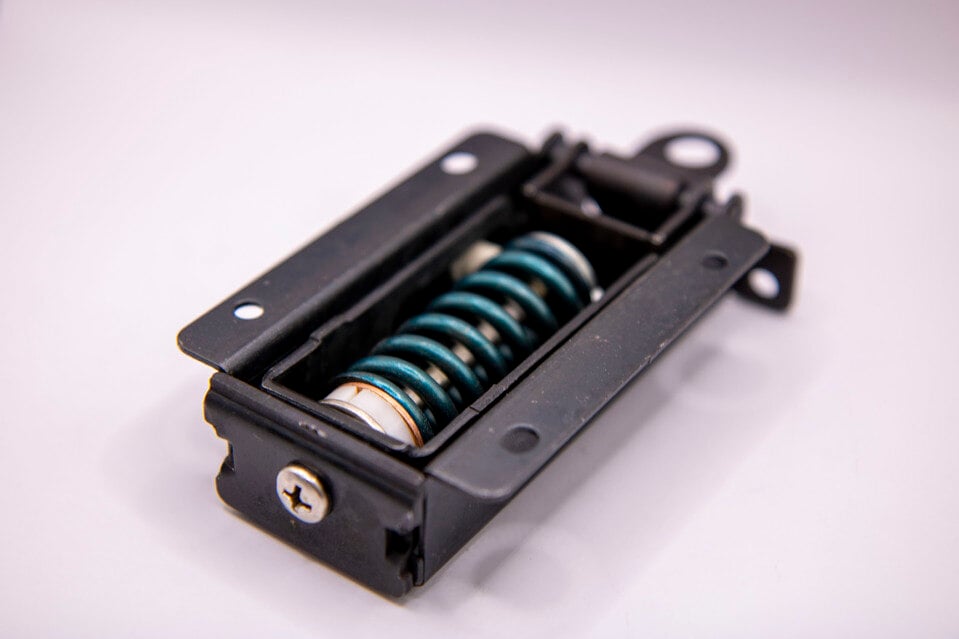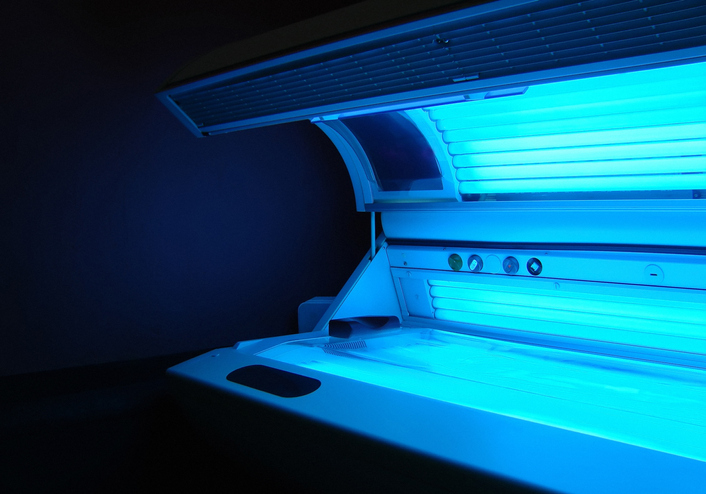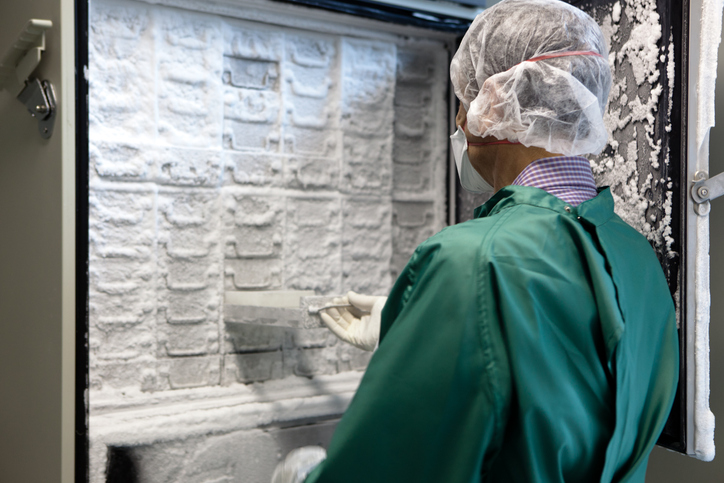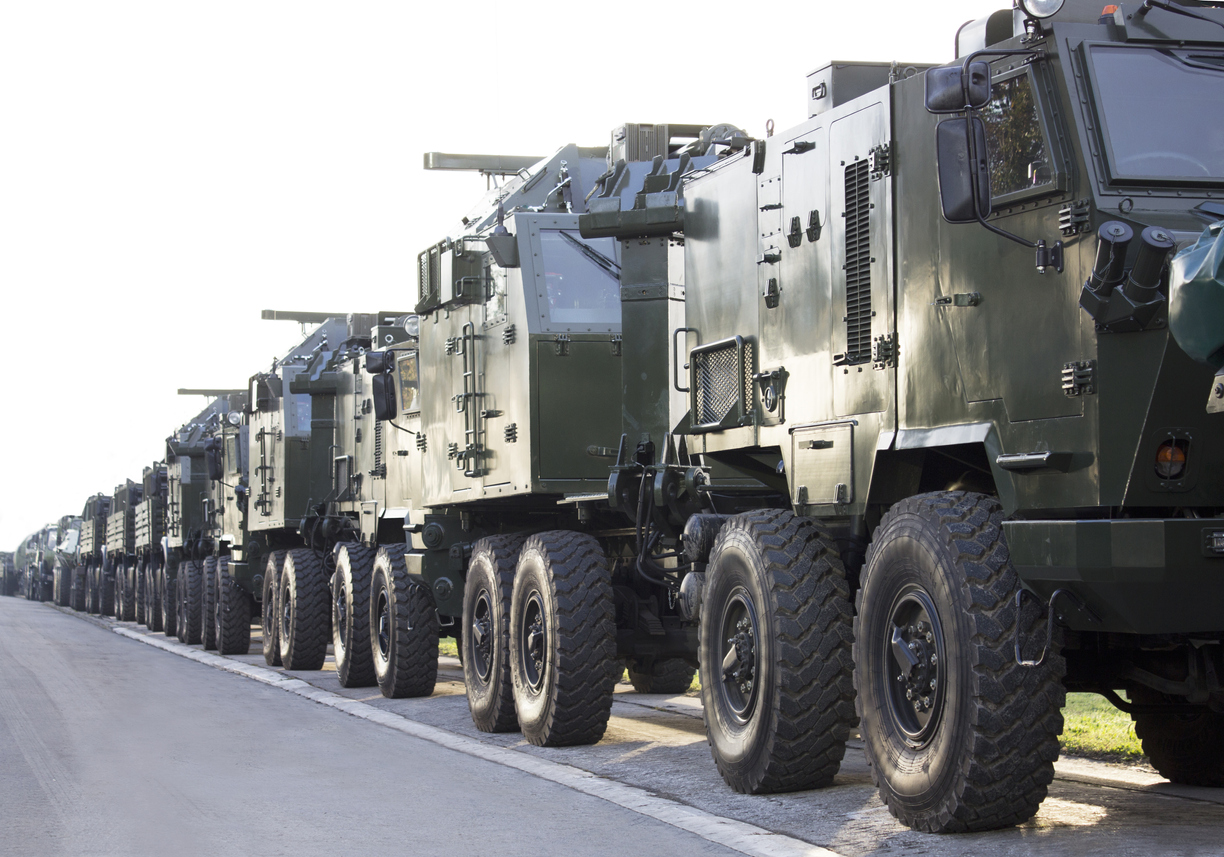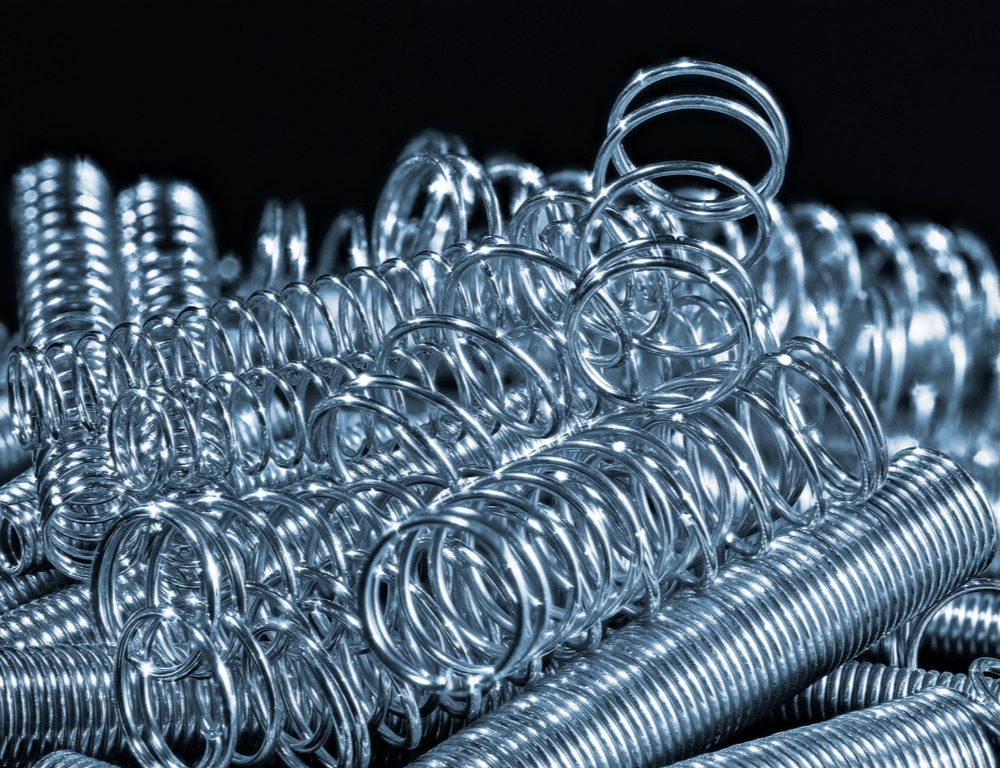Imagine restoring a piece that holds deep sentimental value — a hope chest your grandparents gave as a wedding gift or a jukebox that was the centerpiece of a 1960s diner.
These are more than projects. These are attempts at preserving memories and ensuring they can be enjoyed for years to come. With the 8644 spring assist hinge, you don’t have to compromise between historical accuracy and modern functionality. This hinge embodies the perfect blend of the past and the present.
For over 60 years, the 8644 Lift Assist Hinge has been a cornerstone of furniture restoration and design. Since its introduction, this versatile hinge has helped breathe new life into treasured heirlooms.
Read More
Topics:
Applications,
Design,
Hinge,
Hinges,
Lid Support,
Springloaded
If you want to design a product with a heavy lid or door, it’s useful to research how engineers have solved similar problems with other products.
Read More
Topics:
Motion Control,
Counterbalance Hinge,
Hinges,
Lid,
Springloaded
Ever wonder how cryogenic freezers, tanning beds, and other heavy-duty lids open safely despite weighing 50 to 100+ lbs.? The answer: spring-assisted or spring-loaded hinges.
Read More
Topics:
Springloaded,
Vectis,
Manufacturing
When designing industrial-grade, heavyweight products, factoring in motion control is crucial to both the product’s longevity and the end user’s safety. When used correctly, gas, spring-assisted, and counterbalance hinges significantly reduce the risk of injuries that can result in insurance claims or liability issues.
Read More
Topics:
Motion Control,
Design,
Hinges,
Springloaded
The most durable and versatile products can turn out to be intimidating to the user if the wrong type of heavy-duty hinges are used. Ask anyone that lifts heavy lids all day -- spring-assisted hinges are necessary for the safety and efficiency of your entire staff.
Read More
Topics:
Motion Control,
Gas Springs,
Counterbalance Hinge,
Hinges,
Industrial,
Lid Support,
Springloaded,
Vectis
Picking the right hinge for the right application can often seem like a difficult puzzle. You have to consider the cycle life, environment, and cost, which can often leave you at a standstill.
But there’s one hinge option that balances all three factors to provide a reliable, cost-effective solution: spring-assist hinges.
Read More
Topics:
Applications,
Motion Control,
Engineering,
Hinges,
Springloaded
If you’ve been following our blog you’re already familiar with Vectis™ Springloaded Counterbalanced Hinges and what they can offer but, maybe you still aren’t sure what applications they can really be used for or, maybe you’re just landing on our website and getting to know Vectis™. So, in the spirit of sharing our counterbalance knowledge, we’ve tasked our very creative Design Engineers with imagining an application using Vectis™ Hinges and bringing that application to “life” in order to show you some of the countless applications these counterbalance hinges can be used on. Following you’ll find four applications that are perfect for Vectis™ hinges as imagined by our engineering thinkers, dreamers, and inventors:
The Dresser with a Hidden Surprise
Read More
Topics:
Motion Control,
Appliance,
Counterbalance,
Counterbalance Hinge,
Draw Bridge,
Engineering,
Hinges,
Industrial,
Lid Support,
Push Cart,
Springloaded,
Vectis,
Hospitality Furniture
The Vectis™ team traveled to Atlanta, GA to attend the 2017 Hearth, Patio, & Barbecue Associations HPBExpo – North America’s largest indoor-outdoor living showcase.
Read More
Topics:
Ergonomics,
Motion Control,
Appliance,
Counterbalance,
Engineering,
Grill,
Hestan,
High End Grill,
Hinge,
Hinges,
Industrial,
Lid,
Lid Support,
Smoker,
Smoker Grill,
Springloaded,
Uncategorized,
Vectis
So, you’ve decided that a springloaded counterbalance hinge is the ideal way to take your project to the next level. And, you already know that a Vectis™ Counterbalance Hinge can address your specific design challenges and that a Vectis™ counterbalance hinge will outperform and out last a gas spring. But, what technical considerations do you need to make before you click the DYO tab?
To help prepare you for your visit to the DYO app, over the next several months we’ll be discussing some of the technical decisions you’ll need to make in order to design the perfect counterbalance for your project. This month we’re going to discuss the effects of vertical distance to the center of gravity and what that could mean in regard to the ultimate function of your project.
The vertical distance to the center of gravity can have a big impact on how your lid acts near the open position. The greater the positive vertical distance the greater the tendency for the lid to self-open at larger open angles. Conversely, a negative vertical distance allows the lid to be potentially counterbalanced up to the maximum 90° opening angle. If you do not want the lid to coast open at larger angles, consider reducing the maximum opening angle to something close to the balance angle of the lid. The balance angle is the angle of the lid at which the center of gravity is directly above the pivot. If you are looking at the torque chart on the Vectis® DYO app, the balance angle is the point where the lid torque drops to zero.
For applications where the vertical distance to the center of gravity is sizeable, a large opening angle is required, and minimal coast towards the full open position is desired, rest assured that we can meet your needs with a Vectis® Counterbalance Hinge or a Vectis™ Custom Counterbalance.
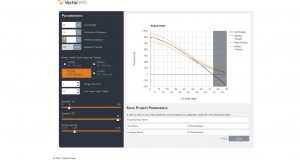
If you’re having trouble specifying a Vectis™ Counterbalance Hinge for your project, give us a call, our engineers are ready to assist you!
Jeremy Redlecki
Product Design Manager
and
Leila Bell
Business Develop Manager
Weber Knapp Company
Read More
Topics:
Ergonomics,
Motion Control,
Appliance,
Center of Gravity,
Counterbalance,
Engineering,
High End Grill,
Hinge,
Hinges,
Industrial,
Lid Support,
Smoker Grill,
Springloaded,
Uncategorized,
Vectis,
Medical Equipment
.png?width=12000&height=2033&name=WeberKnappLogo_white%20(1).png)
